Cinema has evolved in different eras, but specifically, movie musicals have transformed from grandiose stage-to-screen adaptations to innovative and diverse expressions of modern storytelling. Each decade has reshaped the genre, blending classic charm with contemporary themes to captivate audiences in new and exciting ways.
Acknowledging the evolution of movie musicals is important because it highlights the genre's ability to adapt and reflect the cultural and technological changes over time. Understanding this evolution offers insight into how societal values, artistic trends, and advancements in filmmaking have influenced the musical's development. By appreciating this progression, we gain a deeper appreciation for the artistry involved and recognize how these films continue to push boundaries while resonating with audiences across generations. Here is a timeline detailing the evolution of movie musicals.
Early Cinema and Silent Films ('20s)
Silent films, characterized by their innovative storytelling techniques and widespread popularity, dominated global entertainment in the 1920s, ushering in a transformative era for early cinema. Lacking synchronized sound, these films relied heavily on visual storytelling, expressive acting, and intertitles to convey their narratives. This reliance on visual elements significantly influenced the development of cinematic language. The period was also marked by technological advancements and the rise of Hollywood as the epicenter of the film industry. One of the first major "talkies" with synchronized sound, The Jazz Singer (1927) represents a historic milestone, marking the end of the silent film era and revolutionizing both filmmaking and the viewing experience. The Jazz Singer, originally a silent film that transitioned to sound, exemplifies the evolution of the film industry and laid the groundwork for contemporary cinema.

 66
66 6.4
6.4
Al Jolson

May McAvoy

Warner Oland

Eugenie Besserer

Otto Lederer
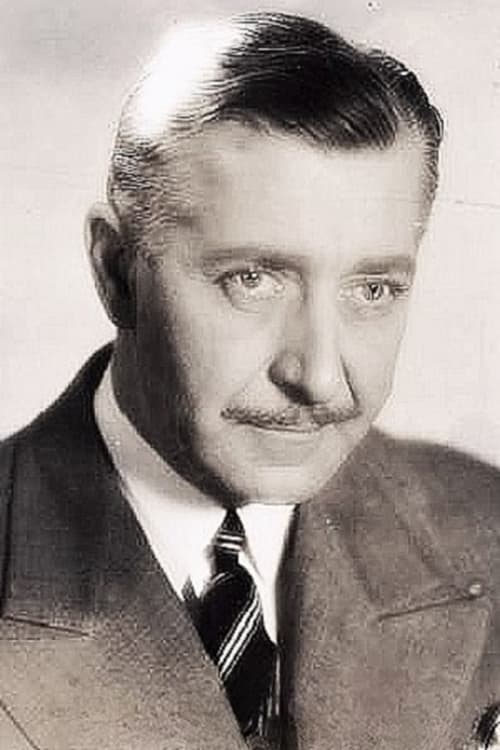
Richard Tucker

William Demarest

John Miljan

Roscoe Karns

Anders Randolf

Walter Rodgers
Golden Age of Hollywood Musicals ('30s-'50s)
The Golden Age of Hollywood Musicals, spanning from the 1930s to the 1950s, was characterized by a vibrant array of song-and-dance films that captivated audiences with their extravagant production numbers and star-studded casts. During this era, musicals emerged as a dominant genre, seamlessly integrating music, choreography, and storytelling to offer a glamorous escape from the hardships of the Great Depression and World War II. This period is epitomized by iconic musical moments such as "Over the Rainbow" from The Wizard of Oz (1939), which are celebrated for their creative brilliance and emotional depth. The film's popularity highlighted the genre's appeal and solidified the musical as a mainstay in Hollywood's motion picture production. The Golden Age of Hollywood Musicals not only shaped the development of musical theater but also advanced the art of filmmaking.


Judy Garland

Ray Bolger

Jack Haley

Bert Lahr

Frank Morgan

Margaret Hamilton

Billie Burke

Clara Blandick

Charley Grapewin
Pat Walshe

Terry

Adriana Caselotti
Check out the full The Wizard of Oz soundtrack here.
Post-War Musicals and Changes in Style ('50s-'60s)
The style of post-war musicals changed in the 1950s and 1960s as directors began to incorporate more complex themes and modern concerns into their works. This era marked a shift away from the escapist glamor of earlier musicals towards narratives that addressed social and cultural tensions. West Side Story (1961) exemplifies this transition with its modern adaptation of Shakespeare's Romeo and Juliet, set against the backdrop of gang violence and racial conflict in New York City. Dramatic realism and musical performance were combined with stunning choreography by Jerome Robbins and a score by Leonard Bernstein and Stephen Sondheim to create a work that elevated the genre's creative depth. This era of musicals demonstrated the genre's ability to address difficult societal problems while still captivating audiences, reflecting the times and broadening its reach.

 92%
92% 86
86 7.6
7.6
Natalie Wood

Richard Beymer

Rita Moreno

George Chakiris

Russ Tamblyn

Simon Oakland
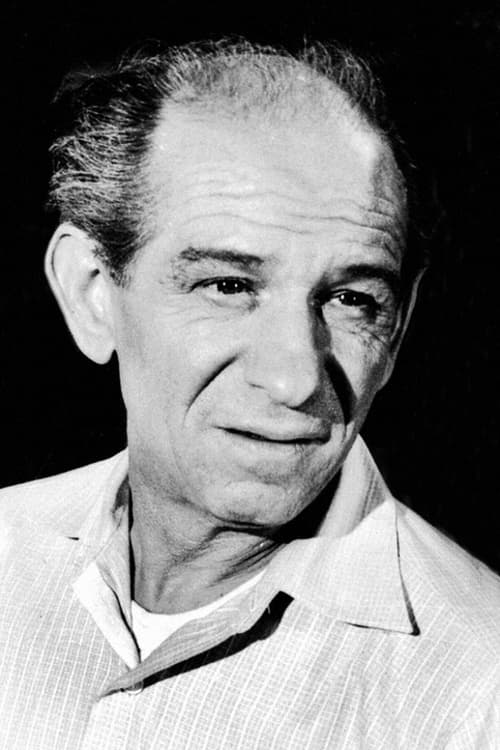
Ned Glass

William Bramley

Tucker Smith

Eliot Feld
Check out the full West Side Story ('61) soundtrack here.
The Decline and Revival ('70s-'80s)
In the 1970s, musical theater experienced a period of decline, marked by a move away from traditional forms and a growing sense of disillusionment. However, this changed with the release of The Rocky Horror Picture Show in 1975, a film that became a cult classic and reinvigorated interest in the genre. The Rocky Horror Picture Show, which debuted in 1975, caught the attention of new audiences with its mix of campy humor and rock music, offering a new and irreverent approach to the genre. The film's popularity gave the genre new life and demonstrated its ability to adapt to modern cultural trends. The success of The Rocky Horror Picture Show highlighted musical theater's potential to evolve and appeal to new audiences, paving the way for a resurgence in the genre in the subsequent decades.
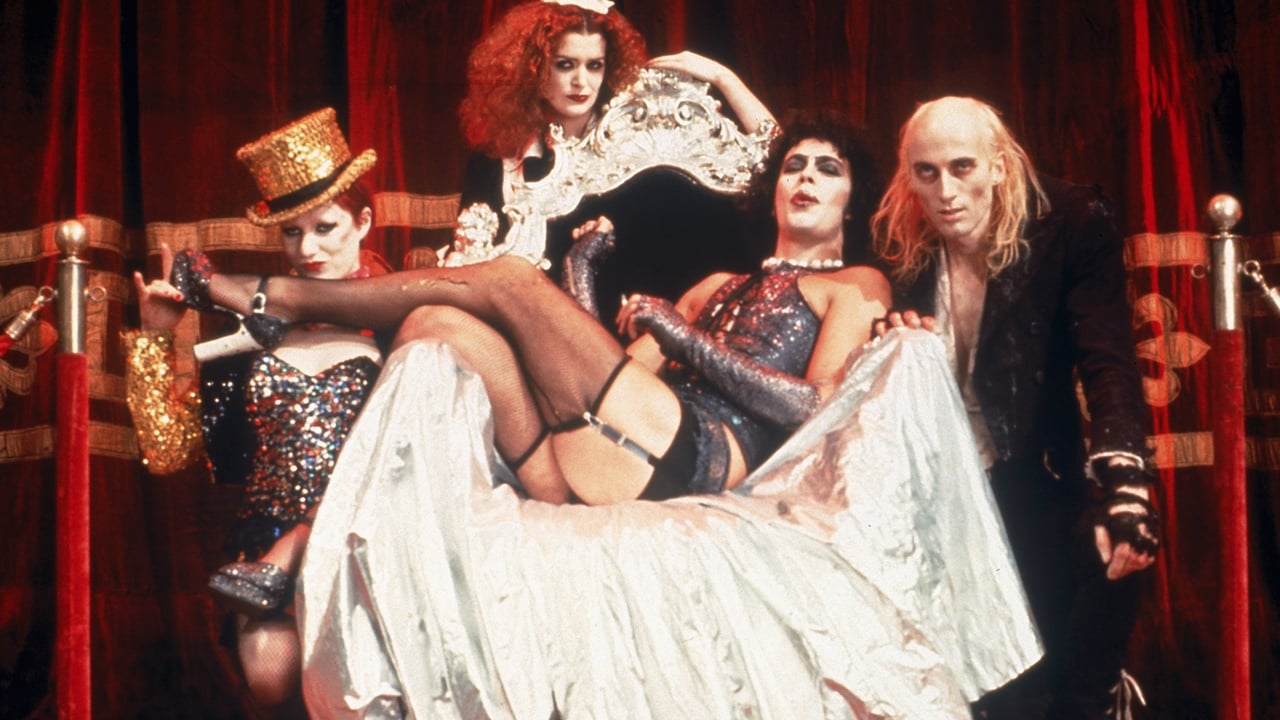

Tim Curry

Susan Sarandon

Barry Bostwick

Richard O'Brien

Patricia Quinn
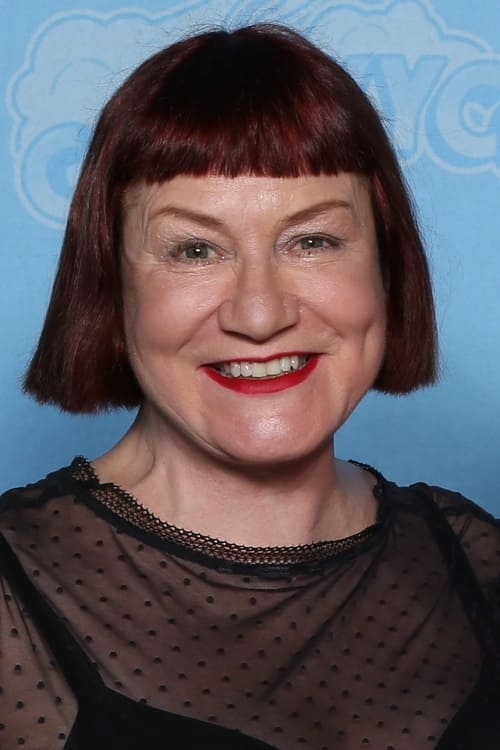
Nell Campbell

Jonathan Adams
Peter Hinwood
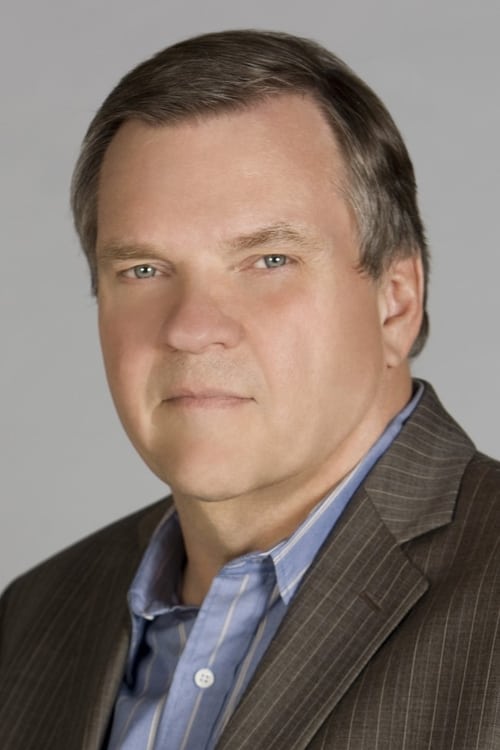
Meat Loaf

Charles Gray

Hilary Farr
Check out the full The Rocky Horror Picture Show soundtrack here.
The Influence of Broadway ('80s-'90s)
Broadway's impact on movie musicals became significant in the 1980s and 90s as stage-to-screen adaptations broadened audiences' access to dramatic storytelling and theatrical energy. During this period, grandiose performances that transformed popular Broadway shows into motion pictures gained popularity. Les Misérables (1998) exemplifies this trend, adapting the acclaimed stage musical into a film that preserved the show's emotional depth and powerful music. The film, with its focus on compelling performances and impressive musical values, highlighted how Broadway's extravagant production values and dramatic storytelling influenced cinema. This era emphasized the expanding collaboration between theater and film, with Broadway's impact shaping the development of the movie-musical genre.


Liam Neeson

Geoffrey Rush

Uma Thurman

Claire Danes

Hans Matheson
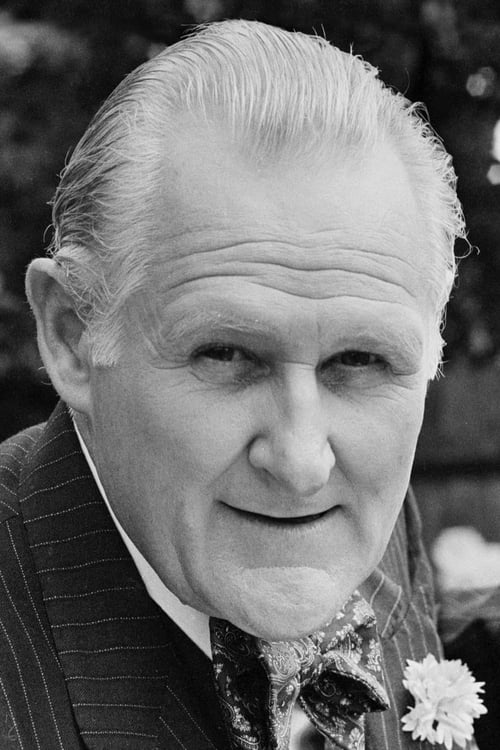
Peter Vaughan

Jon Kenny

Gillian Hanna

Silvie Koblížková
Mimi Newman
Ian Cregg
Shane Hervey
This clip features Samantha Barks as Éponine singing "On My Own" from the 2012 adaptation directed by Tom Hooper. The 1998 film’s version can’t be found online due to licensing issues, distribution rights, or the film’s lower profile compared to other adaptations.


Hugh Jackman

Russell Crowe

Anne Hathaway

Amanda Seyfried

Sacha Baron Cohen

Helena Bonham Carter

Eddie Redmayne

Aaron Tveit

Samantha Barks

Daniel Huttlestone

Fra Fee

Hugh Skinner
Check out the full Les Misérables ('12) soundtrack here.
The Resurgence of the Musical ('00s)
The musical genre saw a renaissance in the 2000s, marked by the return of its classic components and the inclusion of fresh ideas. Filmmakers and producers experimented with new approaches and a wide range of musical genres, leading to a resurgence of interest in both original musicals and stage show adaptations. The popularity of these contemporary musicals highlighted the genre’s versatility and ongoing appeal, ushering in a dynamic and lively period for musical theater and motion pictures. Moulin Rouge! (2001) is a prime example, revitalizing the genre by combining a contemporary rock soundtrack with colorful, dramatic visuals. The inventive way this film merged lavish production design and choreography with diverse musical styles demonstrated the musical's adaptability to modern tastes. The success of Moulin Rouge! spurred a wave of subsequent musical movies and solidified the genre's status in contemporary cinema, showcasing its ongoing relevance and creative evolution.
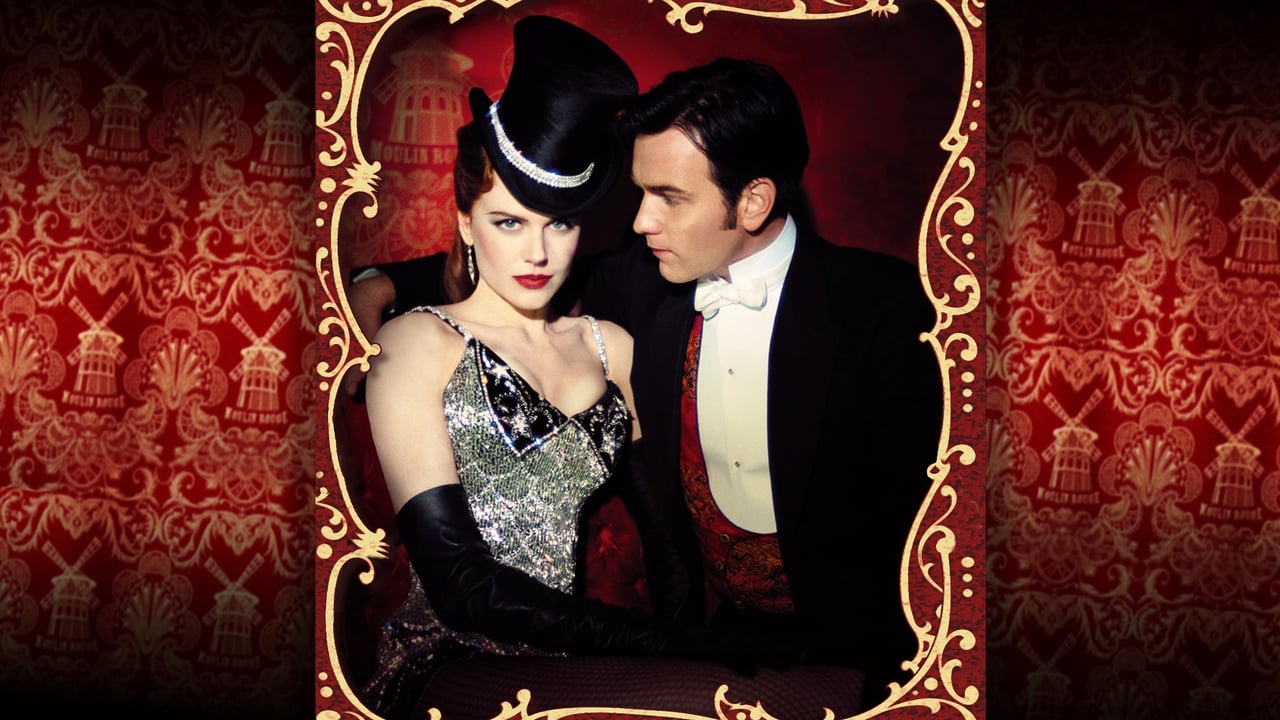

Nicole Kidman

Ewan McGregor

John Leguizamo

Jim Broadbent
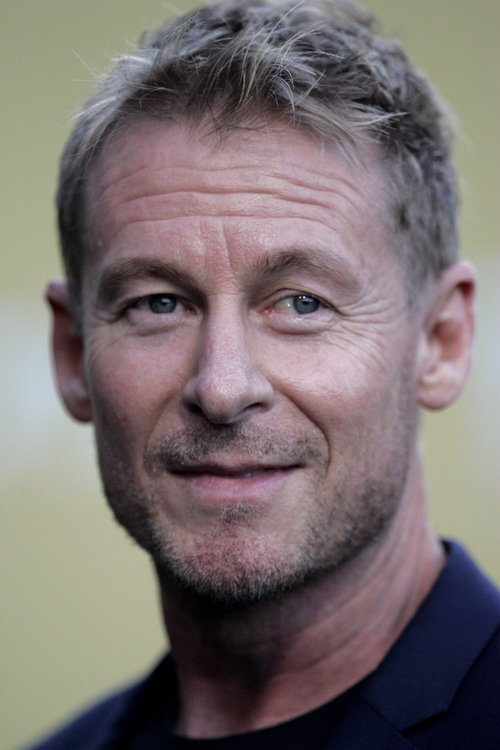
Richard Roxburgh

Garry McDonald

Jacek Koman

Matthew Whittet

Kerry Walker

Caroline O'Connor

Christine Anu

Natalie Mendoza
Check out the full Moulin Rouge! soundtrack here.
Contemporary Musicals and Innovation ('10s)
The 2010s saw a rebirth of innovation in contemporary musicals, blending conventional musical elements with modern storylines and filmmaking methods. During this time, there was a renewed emphasis on incorporating music into various storytelling formats, frequently exploring contemporary themes and aesthetics. The 2016 film La La Land, which combines a modern love narrative with old Hollywood musical aesthetics set against present-day Los Angeles, is a prime example of this style. The film takes a novel, cinematic approach to the genre with its colorful, creative musical numbers and seamless integration of dance scenes into the narrative. Its critical and commercial success demonstrated how contemporary musicals could appeal to both traditional audiences and new generations by pushing the boundaries of the genre. La La Land not only paid homage to classic musicals but also redefined them for a new era, showcasing the ongoing evolution and creativity within the genre.

 91%
91% 94
94 8
8
Ryan Gosling

Emma Stone

John Legend

Rosemarie DeWitt

J.K. Simmons

Amiée Conn
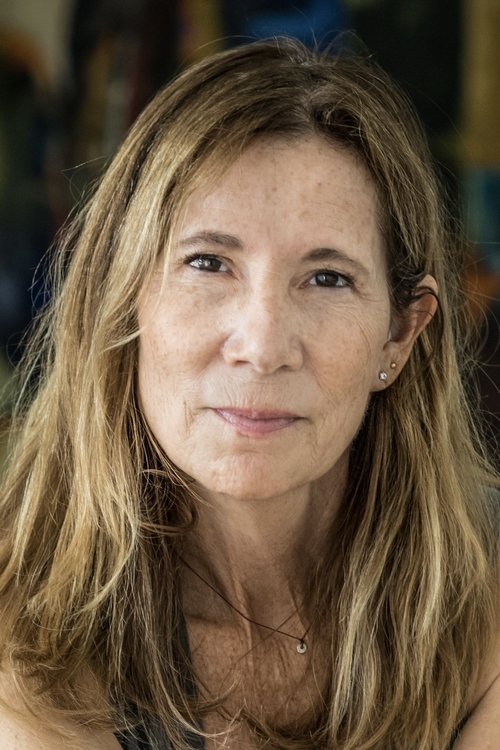
Terry Walters

Thom Shelton

Cinda Adams
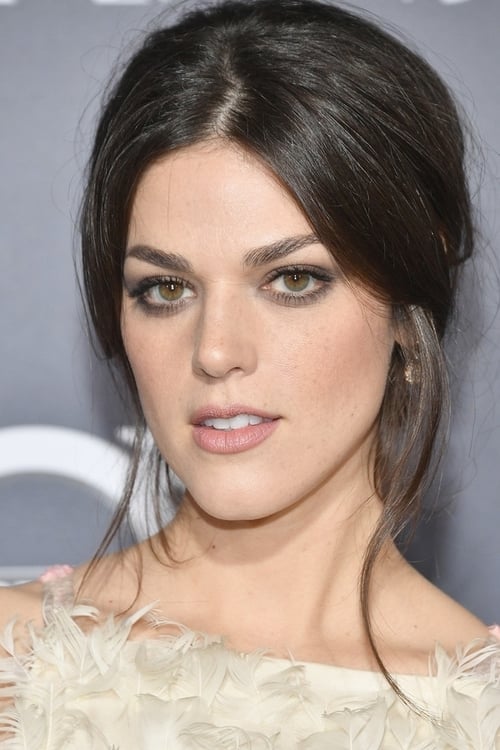
Callie Hernandez

Jessica Rothe

Sonoya Mizuno
Check out the full La La Land soundtrack here.
Global Influence and International Musicals
The musical genre began to take shape on a global scale, with multinational films embracing a variety of cultural elements and storytelling conventions. Musicals from various countries gained popularity during this time, expanding the genre's influence beyond its traditional Western origins. A prominent example is the 2001 Indian film Lagaan, which blends historical elements about a cricket match between Indian villagers and British colonists with Bollywood musical traditions. Set against the backdrop of British India, the film’s seamless integration of intricate dance sequences and musical numbers demonstrates how international musicals can offer unique cultural perspectives while retaining universal appeal. Its success on the international stage highlighted the growing appreciation for non-Western musicals and their ability to resonate with global audiences. Lagaan not only reflects the rich traditions of Indian cinema but also exemplifies the genre’s capacity to transcend cultural boundaries and achieve worldwide acclaim.


Aamir Khan

Gracy Singh

Rachel Shelley

Paul Blackthorne

Suhasini Mulay

Kulbhushan Kharbanda

Raghubir Yadav
Rajesh Vivek

Raj Zutshi

Pradeep Ram Singh Rawat
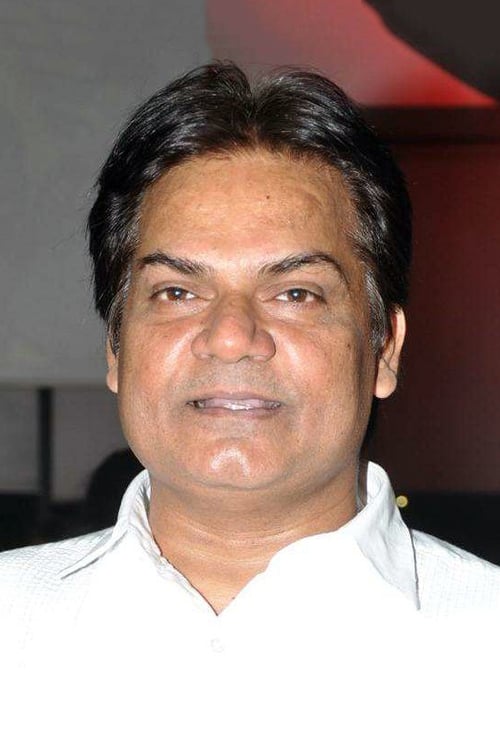
Akhilendra Mishra

Daya Shankar Pandey
Technological Advancements and Visual Innovation
Technological breakthroughs and artistic creativity had a significant impact on the musical genre in the 2010s, enabling filmmakers to produce more inventive and engaging cinematic works. Enhanced computer graphics and visual effects allowed creators to push the boundaries of what was aesthetically possible, creating elaborate set designs and magical worlds. The 2010 Tim Burton film Alice in Wonderland is a notable example of this development, with its innovative visual effects and unique style bringing Lewis Carroll's fantastical world to life with vivid colors and striking visuals. The film demonstrates how technology can enhance storytelling and create a visually captivating experience by using computer-generated imagery (CGI) to bring its imaginative characters and settings to life. The technological advancements in Alice in Wonderland serve as an excellent example of how the genre has evolved in the digital era, where technology significantly impacts the narrative and visual elements of contemporary musicals.


Mia Wasikowska

Johnny Depp

Anne Hathaway

Helena Bonham Carter

Crispin Glover

Matt Lucas

Alan Rickman

Stephen Fry

Michael Sheen

Timothy Spall

Marton Csokas
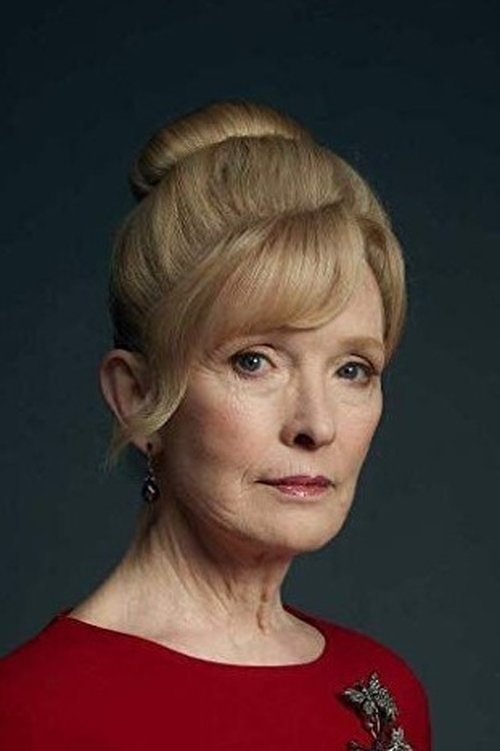
Lindsay Duncan
Check out the full Alice in Wonderland soundtrack here.
Future Trends and the Evolving Genre
It is anticipated that musical trends will continue to evolve by incorporating essential elements that reflect modern culture and filmmaking innovations. One notable trend is the fusion of traditional musical structures with contemporary storytelling methods, such as self-referential stories and meta-narratives, which offer a fresh perspective on the genre. Jonathan Larson's semi-autobiographical musical tick, tick... Boom! (2021) exemplifies this progression by paying homage to the original stage version while reflecting contemporary cinematic tastes. The film’s use of meta-narrative and focus on the challenges of artistic creation resonate with today’s audiences, demonstrating the genre's ability to address relevant and personal topics.


Andrew Garfield

Alexandra Shipp

Robin de Jesús

Michaela Jaé Rodriguez
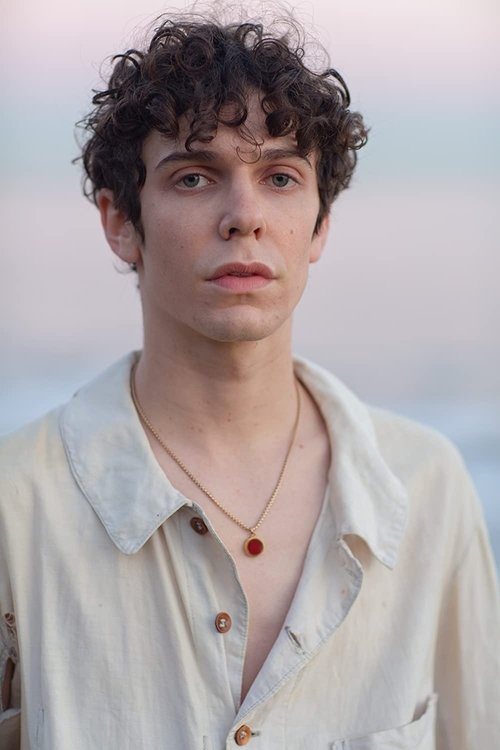
Ben Levi Ross

Jonathan Marc Sherman

Vanessa Hudgens

Joshua Henry

Bradley Whitford

Judith Light

Laura Benanti

Danielle Ferland
Check out the full tick, tick... BOOM! soundtrack here.


